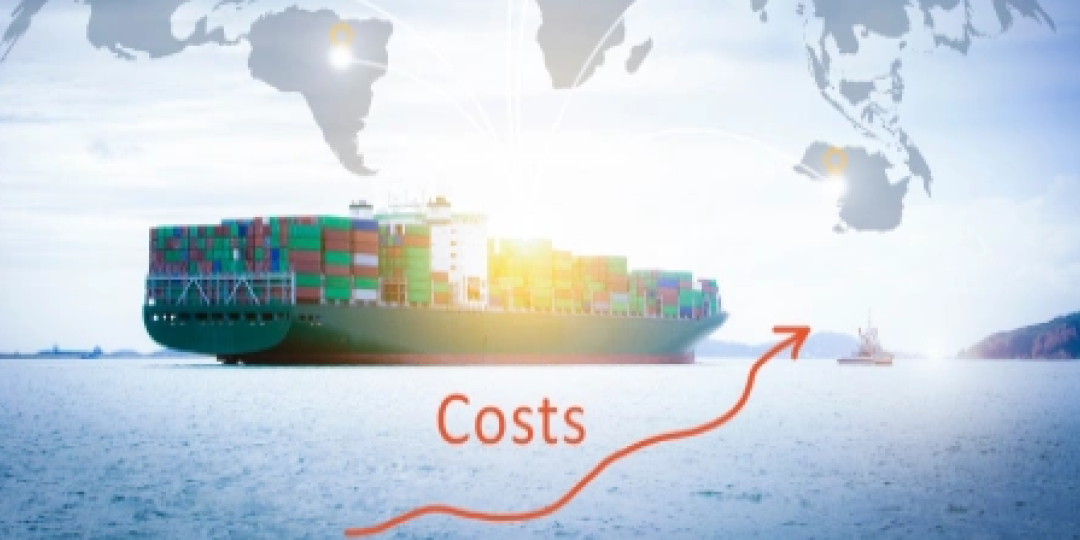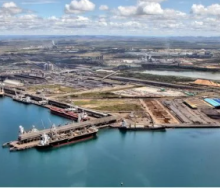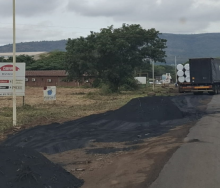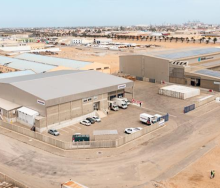According to Drewry, around three million TEUs of new tonnage expected next year will likely be more than compensated for by further market disruptions, offering no relief to struggling shippers.
With uncertainty surrounding the possibility of more strikes at US east coast ports, the maritime consultancy considered scenarios both with and without a strike in January, The Loadstar reports.
It concluded that freight rates would continue to rise in either case.
Drewry’s Philip Damas indicated that port strikes would have a considerable inflationary effect on spot rates, not only for US-related trade but also for other trade routes due to a spill-over effect.
He further explained that, even without a port strike, some spot rates might decline. However, other factors, such as the increased carbon taxes from the emission trading system, expected to rise by 75% from January, would likely push rates higher.
Damas also noted a gradual increase in rates, remarking that global freight rates had risen by 87% on average between pre-pandemic 2019 and this year. Even with the reopening of the Suez Canal, Drewry does not anticipate container freight rates returning to pre-pandemic levels.
While he acknowledged that a reopened Red Sea could boost shipping capacity by about 25%, Drewry does not foresee this occurring.
Instead, it expects the disruption and rerouting via the Cape of Good Hope to continue until at least 2026.
He confirmed that Drewry had extended the timeline for a full resumption of Suez Canal transits to 2026, having previously predicted a resolution by the first half of 2025. He cited rising tensions in the Middle East as a reason for the consultancy's lack of optimism.
In addition to the strain caused by the Red Sea and potential strikes along the US east coast, the reorganisation of shipping alliances next year is anticipated to cause further setbacks.
Damas described MSC as operating in what he called a "quasi single-carrier network alliance”.
He advised stakeholders to monitor the schedule integrity of Gemini, noting that it would be dependent on consumer demand.
Based on past experience, Drewry observed that container transhipment operations could quickly become entangled in delays and missed connections.













